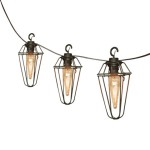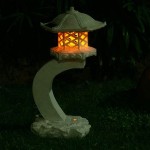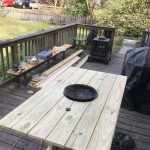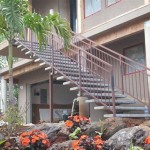Outdoor Basketball Court Dimensions: A Guide to Regulation and Variations
An outdoor basketball court is a familiar sight in parks, schools, and community centers across the globe. While the game itself is widely known, the exact dimensions of a regulation outdoor basketball court can be less familiar. Understanding these dimensions is crucial for players, coaches, and anyone involved in building or maintaining a court. This article will delve into the official dimensions of an outdoor basketball court, explore common variations, and discuss the implications of these differences.
Regulation Outdoor Basketball Court Dimensions
The National Basketball Association (NBA) sets the standard for regulation basketball court dimensions. These dimensions apply to both indoor and outdoor courts and are used for professional and amateur games worldwide. The key dimensions of a regulation outdoor basketball court are:
- Length: 94 feet (28.65 meters)
- Width: 50 feet (15.24 meters)
- Free Throw Line: 15 feet (4.57 meters) from the backboard
- Three-Point Line: 23 feet 9 inches (7.24 meters) from the center of the basket
- Basket Height: 10 feet (3.05 meters) from the floor
These dimensions are carefully chosen to ensure fair play and strategic considerations. The length and width provide ample space for players to move freely and execute various offensive and defensive maneuvers. The free throw line and three-point line create distinct areas with varying point values, encouraging strategic shooting and play. The standard basket height allows for a challenging but achievable goal, promoting skill development and athleticism.
Common Variations in Outdoor Court Dimensions
While regulation dimensions provide a consistent standard, outdoor basketball courts can sometimes deviate from these specifications, often due to space constraints or budget limitations. Some common variations include:
- Reduced Length and Width: Smaller courts might have a length of 84 feet or less and a width of 42 feet or less. This can affect the pace of the game and require players to adapt their strategies.
- Modified Free Throw Line and Three-Point Line: Courts may have a shorter free throw line or a closer three-point line to cater to younger players or provide a more challenging experience.
- Uneven Playing Surface: Outdoor courts are often subject to weather conditions and wear and tear, which can lead to uneven surfaces and potentially impact play.
- Lack of Official Markings: Some outdoor courts might lack proper markings for the free throw line, three-point line, or sidelines. This can create uncertainty and impact the flow of the game.
Implications of Dimension Variations
The use of non-regulation court dimensions can have significant implications for players, coaches, and the overall game experience. Some key considerations include:
- Skill Development: Adapting to different court sizes and configurations can be beneficial for skill development, as players learn to adjust their shooting, passing, and dribbling techniques in varying environments.
- Strategic Adaptations: Coaches and players might need to modify their game plans to account for smaller court dimensions, focusing on quick passes, shorter shots, and more aggressive defense.
- Fair Play and Competitive Balance: Deviation from regulation dimensions can create an uneven playing field, particularly in competitive matches. Players accustomed to playing on a standard court may struggle to adapt to a smaller or uneven surface.
Understanding the variations in outdoor basketball court dimensions is essential for everyone involved in the game. It allows players to adapt their skills to different environments, coaches to strategize effectively, and organizers to ensure a fair and enjoyable experience. By recognizing the nuances of different court configurations, we can better appreciate the adaptability and versatility of this beloved sport.

Basketball Court Dimensions Markings Harrod Sport

Basketball Court Dimensions Guidelines For Installation Projects Sports Venue Calculator

Basketball Court Dimensions Grand Slam Sports Equipment

Outdoor Basketball Court Dimensions Fitness Functions

Backyard Basketball Courts Outdoor Toronto Oakville Mississauga Gta

Basketball Dlgsc

Junior 20x25 Basketball Court Backyard Size

Diagrams Of Basketball Courts Recreation Unlimited

Basketball Court Surfaces Goals

Basketball Half Court Dimensions Drawings Modutile








